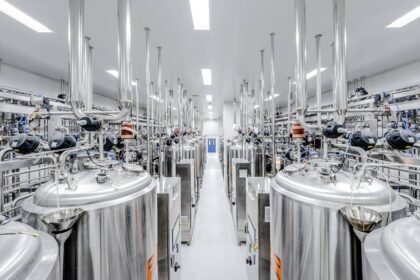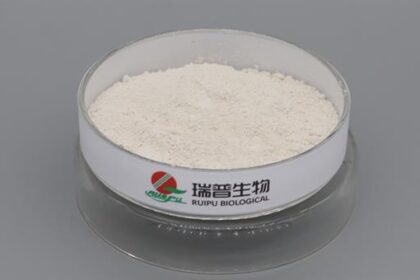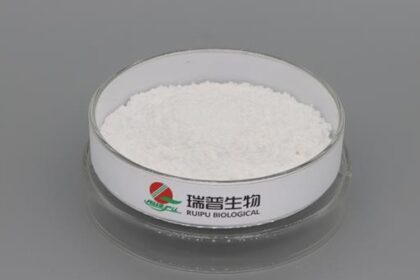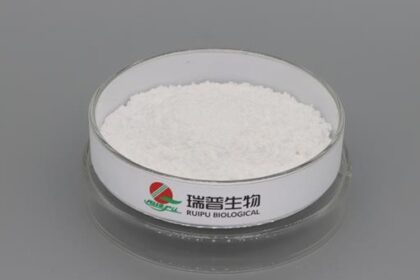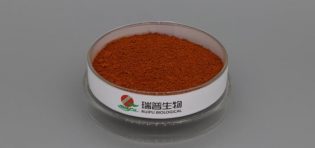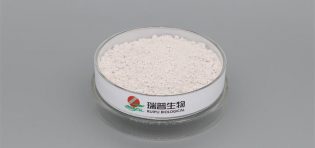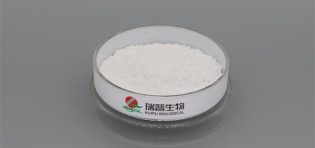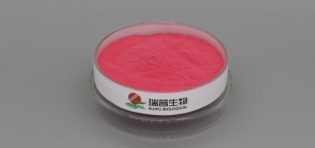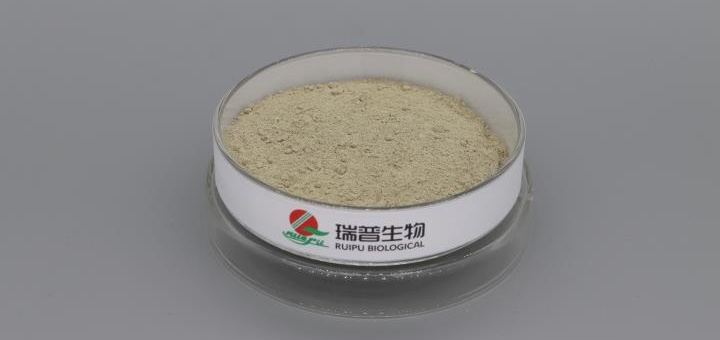
Ferrous gluconate, an organic iron supplement, is widely used in clinical practice for treating various iron-deficiency anemias and preventing iron deficiency in specific populations due to its low gastrointestinal irritation and high bioavailability. The following is an analysis of its applications in different clinical scenarios with case examples:
I. Treatment of Iron-Deficiency Anemia During Pregnancy
Pregnant women are prone to iron-deficiency anemia (Hb < 110g/L) due to increased blood volume and rising fetal iron demand. Ferrous gluconate is often the first-choice supplement for its safety and tolerability.
Case: A 28-year-old woman at 24 weeks of pregnancy was diagnosed with iron-deficiency anemia based on blood tests showing Hb 95g/L and serum ferritin 12μg/L (normal ≥ 20μg/L). Clinically, she was given ferrous gluconate (300mg elemental iron daily, taken in 3 divided doses after meals) along with vitamin C (100mg daily) to enhance absorption. A recheck after 4 weeks of treatment showed Hb increased to 108g/L and serum ferritin to 18μg/L. Continued administration until 32 weeks of pregnancy stabilized Hb at 115g/L, with no adverse reactions such as nausea or constipation.
Analysis: Iron requirements during pregnancy are approximately twice that of non-pregnancy. The organic form of ferrous gluconate minimizes irritation to the gastrointestinal mucosa, making it suitable for long-term use. Combination with vitamin C enhances iron absorption efficiency, reducing the impact of late-pregnancy anemia on fetal growth and development.
II. Correction of Nutritional Iron-Deficiency Anemia in Children
Children (6 months to 6 years old) are prone to iron-deficiency anemia due to rapid growth and a monotonous diet, which may lead to delayed cognitive development. Ferrous gluconate is more acceptable to children due to its mild taste and easy solubility.
Case: A 4-year-old boy presented with pale complexion and poor appetite. Tests revealed Hb 85g/L and serum iron 6.2μmol/L (normal 9-30μmol/L), leading to a diagnosis of moderate iron-deficiency anemia. Considering the child's sensitivity to drug taste, ferrous gluconate oral solution was administered (6mg/kg elemental iron daily, divided into 2 doses dissolved in fruit juice). After 8 weeks of treatment, Hb rose to 112g/L, serum iron returned to 10.5μmol/L, and the child showed improved appetite and increased activity. No vomiting or diarrhea occurred during treatment, and parents reported high acceptance of the oral solution's fruity flavor, resulting in good compliance.
Analysis: Children have delicate gastrointestinal function. The water-soluble nature of ferrous gluconate allows uniform dispersion in liquid formulations, avoiding the metallic taste of inorganic irons (e.g., ferrous sulfate). It can be mixed into food or beverages to improve treatment compliance. Weight-based dosing precisely meets children's iron needs, reducing the risk of overdose.
III. Iron Supplementation for Iron Deficiency in Chronic Kidney Disease Patients
Patients with chronic kidney disease (CKD) often suffer from renal anemia due to insufficient erythropoietin synthesis and gastrointestinal absorption disorders, requiring combined treatment with iron supplements and erythropoietin. Ferrous gluconate is suitable for such patients as it has minimal impact on renal function.
Case: A 55-year-old patient with CKD stage 3 on long-term dialysis had persistently low Hb (< 90g/L) and serum transferrin saturation (TSAT) of 15% (normal 20%-50%), diagnosed with iron deficiency complicated by renal anemia. On the basis of erythropoietin (10,000IU weekly), ferrous gluconate was administered (400mg elemental iron daily, in 2 divided doses). After 12 weeks of treatment, TSAT increased to 28%, Hb rose to 105g/L, and the erythropoietin dose was reduced to 8,000IU weekly, with no serum iron overload or gastrointestinal reactions.
Analysis: CKD patients have reduced iron absorption capacity and need to avoid additional renal burden from iron supplements. Ferrous gluconate is absorbed without complex metabolism, releases iron steadily, and is less likely to cause iron accumulation in the body. Combined with erythropoietin, it effectively improves anemia, reduces erythropoietin dosage, and lowers treatment costs.
IV. Rapid Correction of Postoperative Iron-Deficiency Anemia
Patients after surgery are prone to acute or subacute iron-deficiency anemia due to blood loss and restricted postoperative intake, requiring rapid iron supplementation to promote recovery.
Case: A 35-year-old woman underwent laparoscopic surgery for uterine fibroids, with intraoperative blood loss of approximately 800ml. On the 3rd postoperative day, her Hb was 82g/L and serum ferritin 9μg/L. Considering her incompletely recovered gastrointestinal function, ferrous gluconate was given (300mg elemental iron daily, in 3 divided doses with liquid diets). Simultaneously, intravenous vitamin B12 and folic acid were supplemented to synergize hematopoiesis. A recheck 2 weeks postoperatively showed Hb increased to 98g/L, with the patient regaining strength and able to move independently. By 4 weeks postoperatively, Hb reached 110g/L, meeting the discharge rehabilitation criteria.
Analysis: Postoperative patients have weak gastrointestinal tolerance, and the low irritation of ferrous gluconate makes it suitable for early oral supplementation. Combination with hematopoiesis-related vitamins accelerates red blood cell production, shortens the recovery period of postoperative anemia, and reduces the need for blood transfusion.
Clinical application cases of ferrous gluconate demonstrate its effectiveness in correcting iron-deficiency anemia in diverse populations (pregnant women, children, kidney disease patients, and postoperative patients). With few gastrointestinal adverse reactions and good taste adaptability, it achieves high patient compliance. In clinical use, dosages should be adjusted according to population characteristics (e.g., weight-based dosing for children, pregnancy-stage adaptation for pregnant women), and combination with synergists like vitamin C should be considered. Meanwhile, monitoring indicators such as serum ferritin and Hb is essential to evaluate efficacy and avoid the risk of iron overload.

